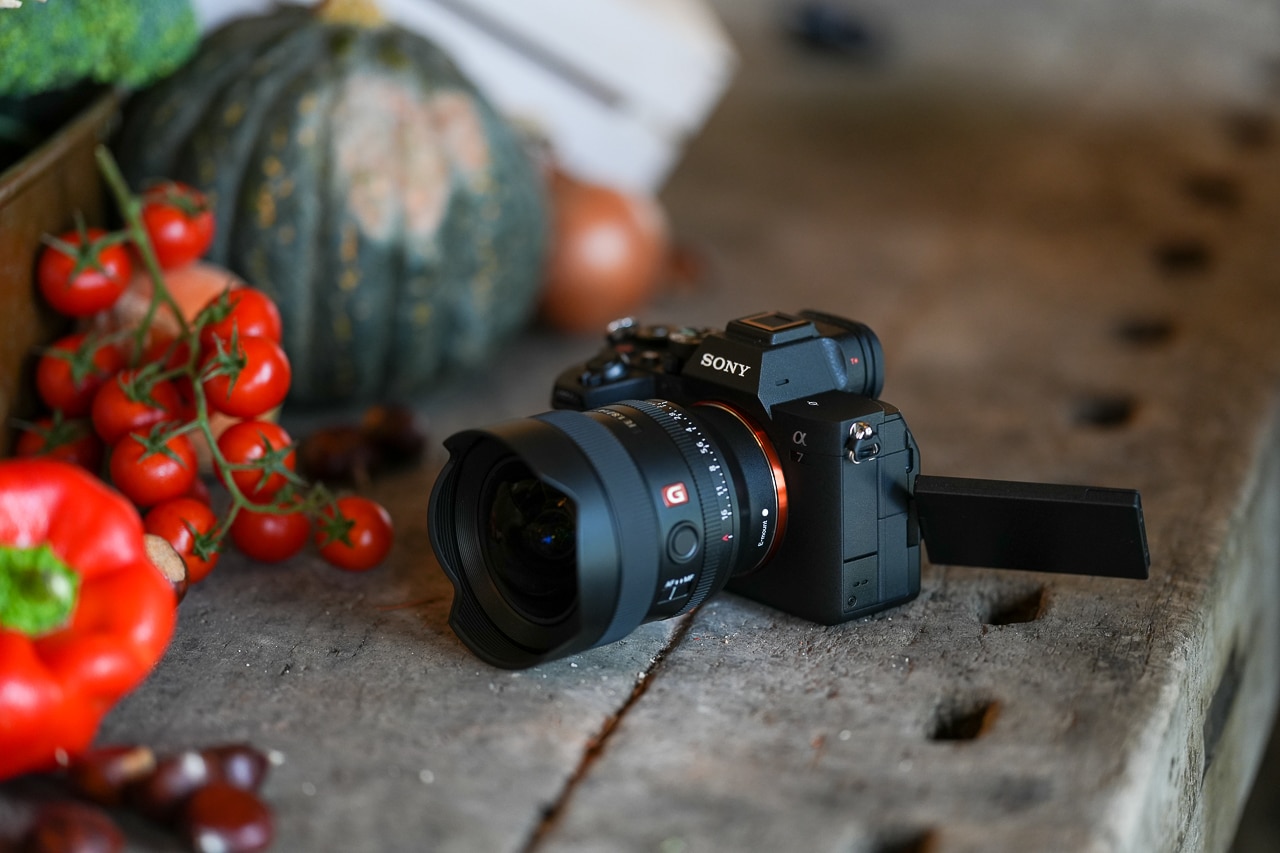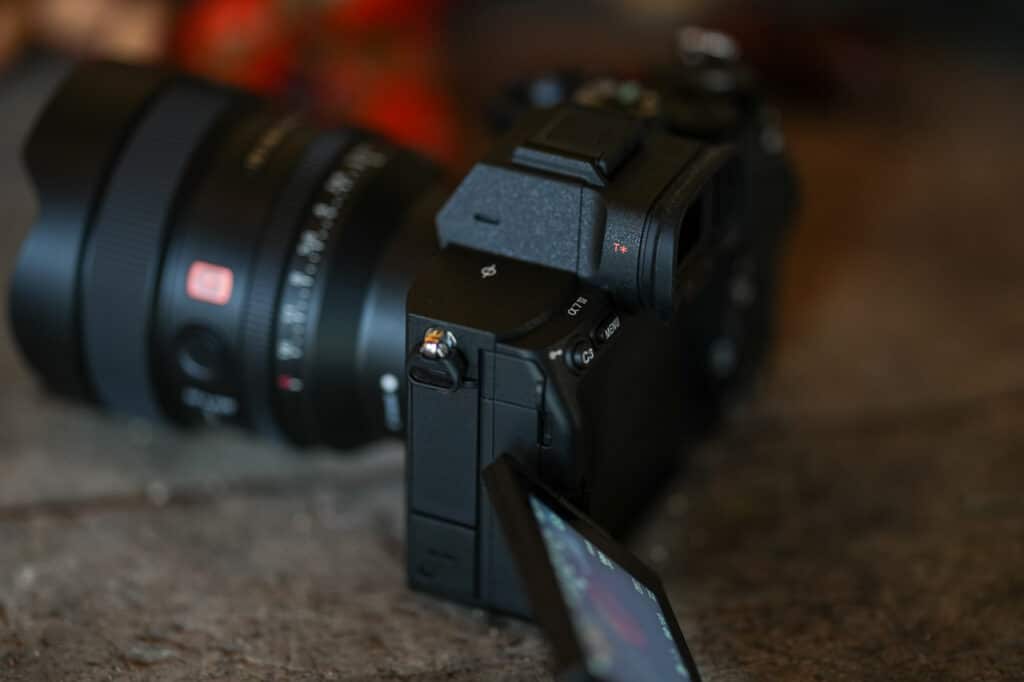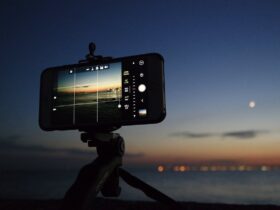After a long wait the day of finally arrived Sony A7 IV, the new full-frame mirrorless that was presented today at a press event. So not only unveiled features and soon, but also already tasted in the field.
Sony A7 IV will not replace the A7 III that will remain on the list at the moment, but it will certainly have to carry on its shoulders the heavy legacy that the third generation has left. Not only in terms of product quality, but also in purely market terms: the A7 III ended up in the hands of more than 200,000 customers throughout Europe and for Sony it represented and still represents a more than winning model.
Precisely for this reason, renewing and improving was a great challenge for Sony and in order to succeed, it took features from the higher-end models and inserted them into the body of the new Sony A7 IV. In the same logic followed recently with Sony A7S III.
Sony A7 IV: technical characteristics
Analyzing the data sheet the first glance could only fall to the resolution item, which speaks of 33 million pixels in a sensor that is still a full frame backlit CMOS. So there is immediately the first novelty, a slight increase in the number of pixels in the face instead of continuous shooting performance that still touches 10 fps. The credit goes to the second novelty, the introduction also on the Sony base model in this range of the most advanced image processing processor: the BIONZ XR. To be clear, I’m talking about the same processor that we also find on the A1 flagship.
The sensitivity range has remained unchanged and extends from ISO 50 to 204,800 which combined with the new resolution allows you to capture images full of details even in low light conditions. In addition, the A7 IV can count on a dynamic range that counts 15+ stops.
From the parent model of the alpha family, the new mirrorless inherits not only the processor, but also the AF system. In fact, on A7 IV we find an autofocus module derived from that of A1, which offers 759 points, the 94% sensor coverage and the evolved function Real-Time Eye AF usable on people, animals and birds (for both photos and videos). There is also the Real-Time Tracking mode. Thanks to these innovations, the precision in selecting the focus point on the face has increased by about 30% compared to A7 III.
The camera body has basically remained the same, except for some small but important changes. In use, I appreciated from the first shots theslightly wider handle and in the same way I find it very convenient to have the button for starting video recording next to the shutter button and not next to the viewfinder. But these are also very subjective aspects.
Practical and fast in the switch from one mode to another also the new coaxial ring to that of shooting modes that allows us to switch from photo to video or S&Q mode in an instant.
The body in magnesium alloy, it should be remembered, is coated in SORPLAS, Sony’s recycled plastic, and is obviously resistant to dust and moisture. Another novelty that will surely be appreciated is the double memory slot, one of which is compatible with cards CFexpress Type A.
1.6x improved viewfinder resolution, a 3.68 million dot quad-VGA OLED and which also offers a better live view display using a system for reducing chromatic aberrations and obviously the higher resolution.
Those who mainly make video their main interest will then be happy to know that a new structure for heat dissipation has been introduced. It is the same one that Sony used on the A7S III and thus allows you to record up to 4K 60p 4:2:2 a 10 bit for more than an hour without interruption and without any overheating.
Usage impressions of the new all-rounder mirrorless
As anticipated, today I was able to take the first shots with A7 IV, the mirrorless model that, as a first-class model in the full-frame market, aims to whet the appetite of professionals as well. Maybe as a more agile and above all hybrid second body, suitable for both photos and videos. It is no coincidence that there are ideal functions on board to insert this camera into a professional workflow, thanks for example to the S-Cinetone shooting mode or the S-Log3. Basically we have the same codecs as A7S III.
On the photographic side we could start by opening a dedicated chapter on the amount of formats that we can use with the A7 IV, from the three different RAW compression levels to the different JPEG options that also include the HEIF format.
I also anticipate that the files that I show you are JPEGs and despite having worked on them, I was struck by the possibility of intervention without ruining the file. There is ample room for work in both highlights and shadows, but in reality there is little work to be done, JPEGs are almost always ready to use.
Eye-focus AF performance is flawless when photographing people. With animals there are some more difficulties, but the case studies of the shapes of the faces of the animals clearly make everything less immediate. The management of noise at high sensitivities is also excellent, even though it is not equipped with a native double ISO. I tell you right away that if you pretend to shoot at ISO 50,000 or more and have no grain you are out of the way, but up to 10,000 the results seem flawless. I’ll obviously come back to it when I get the new A7 IV for a thorough test.
Sony A7 IV: availability and price
Sony’s new full-frame mirrorless will officially arrive on the market starting from December, but already today it can be pre-ordered at a body only price of € 2800.
Conclusions
From this first approach I can say that we are faced with a camera that really aims to define a new standard in the mirrorless world, offering very advanced features at an affordable price. Firstly, the higher resolution satisfies the demand for greater detail, but at the same time it does not clip the wings of those who also want responsiveness from this camera. Small last technical note: we can make bursts at 10 fps for 800 photos when shooting in RAW + JPEG; you got it right. It is an impressive number that, although it is possible to reach using only a CFexpress, it makes us understand the potential of this camera, supported by an AF system appropriate to the situation and an excellent video sector.
Sony A7 IV is a camera too hyperconnected, which can also count on 5GHz Wi-Fi, a true HDMI port, support for LAN connections and professional video functions.
In conclusion, I can say that we are in front of a very advanced camera, but that does not upset what is A7 III brings who knows what novelties. But at the same time I have no doubt that this model will also reach a large audience. Maybe not those who have an A7III, but certainly many other enthusiasts who do not want to spend big bucks on higher-end models. And that for all intents and purposes probably a hybrid and decidedly complete model is enough and advances.



















Leave a Reply
View Comments